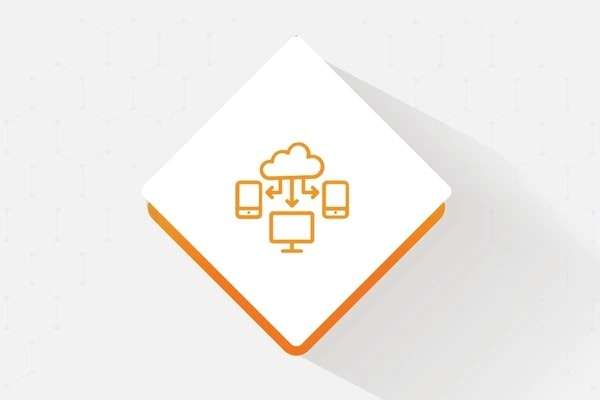In this article, I delve into the landscape of digital banking among American bankers, examining its impact, evolution, challenges, and future prospects from a critical viewpoint.
Table of Contents
Understanding American Banker Digital Banking
American banker digital banking refers to the adoption and integration of digital technologies by banks in the United States to deliver financial services to customers through digital channels. This transformation aims to enhance customer experience, operational efficiency, and competitive advantage in the financial industry.
The Evolution of Digital Banking
I have witnessed firsthand how digital banking has evolved from basic online banking portals to sophisticated mobile apps and integrated digital platforms. Banks have increasingly embraced digital transformation to meet the expectations of tech-savvy customers and stay ahead in a competitive market.
Benefits and Innovations
- Enhanced Convenience: Customers can conduct banking transactions anytime, anywhere, through secure online portals and mobile applications.
- Personalized Services: Advanced analytics and AI technologies enable banks to offer personalized financial advice and customized product recommendations based on customer behavior and preferences.
- Operational Efficiency: Automation of routine tasks such as account management, payments, and customer support reduces costs and improves efficiency.
Challenges and Considerations
Digital Divide
Despite widespread adoption, disparities in digital literacy and internet access persist, limiting access to digital banking services for certain demographics, particularly in rural or underserved areas.
Cybersecurity Risks
As banks digitize more services, cybersecurity threats, including data breaches and phishing attacks, pose significant risks. Robust security measures and continuous monitoring are essential to protect customer data and maintain trust.
Regulatory Compliance
Navigating complex regulatory frameworks, such as data privacy laws and financial regulations, presents challenges for banks striving to innovate while ensuring compliance and risk management.
The Role of Traditional Banking vs. Digital Banking
Customer Preference
While digital banking offers convenience and accessibility, traditional banking services, such as face-to-face interactions and personalized advice from bank tellers, remain valued by some customers for complex transactions and financial consultations.
Integration of Channels
Many banks adopt an omnichannel approach, integrating digital and physical channels to provide a seamless customer experience across multiple touchpoints. This strategy aims to meet diverse customer preferences and enhance overall satisfaction.
Future Trends and Outlook
Looking ahead, continuous advancements in technology, such as AI, blockchain, and biometric authentication, promise to reshape digital banking further. These innovations will likely focus on enhancing security, improving personalized services, and fostering greater financial inclusion.
Sustainability and Ethical Banking
Amid growing societal awareness, banks are increasingly prioritizing sustainability initiatives and ethical banking practices. This includes investments in green finance, corporate social responsibility (CSR), and transparent governance practices.
Conclusion: Embracing the Future of American Banker Digital Banking
American banker digital banking represents a transformative shift in the financial industry, driven by technological innovation and evolving customer expectations. By critically evaluating its benefits, challenges, and future trends, banks can navigate the digital landscape effectively while prioritizing customer-centric solutions and ethical standards.
This article provides a comprehensive exploration of American banker digital banking, highlighting its impact, evolution, challenges, and future prospects. Through a critical lens, I aim to provide insights into how digital transformation is reshaping the banking sector in the United States, paving the way for enhanced customer experiences and sustainable growth.





